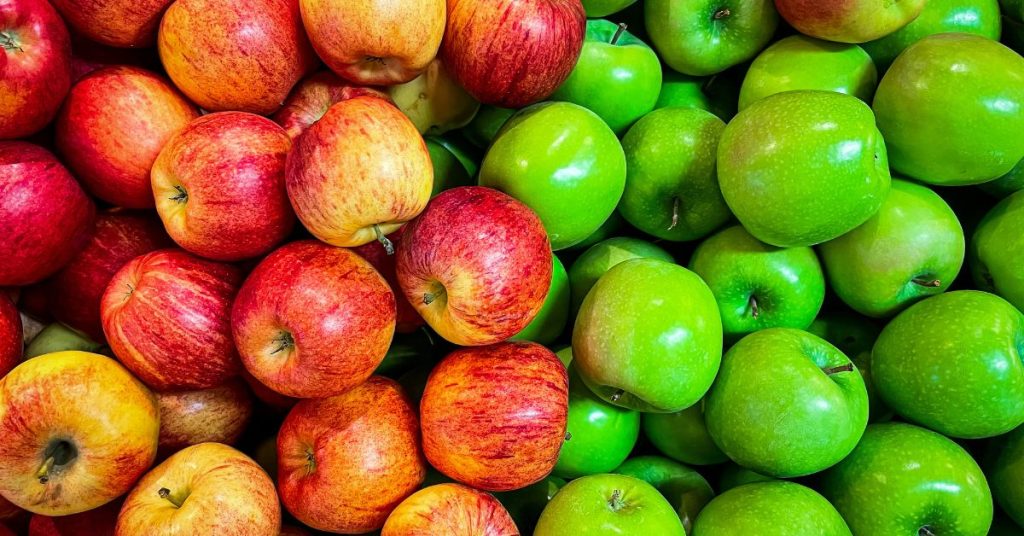By: Mike Crooks
Want to save money at the supermarket?
Key Points:
- A team of mystery shoppers has exposed that there is a massive disparity between the two supermarket giants and Aldi.
- The research, conducted by consumer advocacy group Choice, is part of the current national focus on supermarket prices.
- Choice investigated prices at Coles, Woolworths, Aldi and IGA to see who came out on top – and by how much.
In a time when picking up a few groceries for under $50 seem gone forever, Choice dispatched 81 “undercover” shoppers to various shopping regions throughout Australia.
Mystery shop
The people shopped mostly at Coles, Woolies and Aldi. When Aldi wasn’t available (Tasmania and the Northern Territory do not have the German-owned stores), they instead filled up an IGA trolley.
“We sent mystery shoppers to regional and metropolitan supermarkets nationwide to record prices for 14 grocery items,” Choice CEO Ashley de Silva said.
A massive disparity was found between the two supermarket giants and Aldi.
Among the items shopped for were milk, bread, pasta, beef mince and Weet Bix (see the entire list below). There were also two fresh fruit and vegetable items purchased (apples and carrots).
Who won?
In the price war, Aldi won, by far. Coles and Woolworths supermarkets charge a whopping 25 per cent more than the German budget store.
“Our latest report shows that Aldi continues to offer the best value for Australian shoppers on a range of groceries,” Mr de Silva said.
The research is part of the current national focus on supermarket prices. According to the report, a basket of brand products cost on average $69.33 at Coles and $68.58 at Woolworths. A comparable basket of Aldi brand products was just $51.51.
Duopoly

With just a 75c difference between Coles and Woolies, Choice points out that the main supermarket prices are neck-and-neck. The so-called “Colesworth” duopoly rakes in 65 per cent of the market share in Australia.
As for IGA, the cost of shopping at the independent supermarket was “substantially higher” than at Coles and Woolworths.
So, in Tassie and the NT, where there are no Aldi stores, customers are paying, on average throughout the nation, more for their groceries.
“Price gouging”
Following a parliamentary inquiry into supermarket prices in May, Tasmanian Greens senator Nick McKim released a report with “serious proposals” to tackle the price of food in Australia. That includes putting an end to what he called “price gouging”.
“This would mean that corporations couldn’t just arbitrarily increase prices without facing consequences from the courts,” Senator McKim said.
Choice investigated prices at Coles, Woolworths, Aldi and IGA to see who came out on top.
“This would be a significant new power to stop unreasonable pricing that has been rampant for years because of a lack of competition.”
An independent review commissioned by the Albanese government, is pushing for the ACCC’s Food and Grocery Code of Conduct, which is voluntary, to be mandatory, with fines of up to $10 million for those supermarket chains that do not comply.
“We’ll continue to deliver quarterly price analysis reports so Australians can stay on top of where they can find the cheapest groceries,” Choice’s Mr de Silva said, “to help relieve some of the pressure on household budgets.”
Choice’s shopping list:
- Apples
- Carrots
- Sugar
- Bread
- Weet-Bix
- Flour
- Pasta
- Tea bags
- Tinned tomatoes
- Milk
- Frozen peas
- Beef mince
- Butter
- Block of cheese
For more information, visit Choice.
Article supplied with thanks to Hope Media.
About the author: Michael Crooks is a senior journalist and former news editor of Who magazine. His work has appeared in People, Marie Claire, The Daily Telegraph, Herald Sun, news.com.au, Qantas magazine and more.
Feature image: Photo by Markus Spiske on Unsplash
